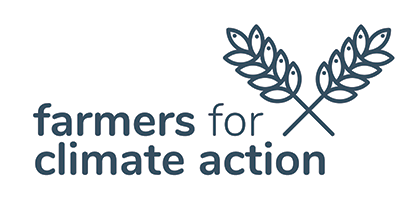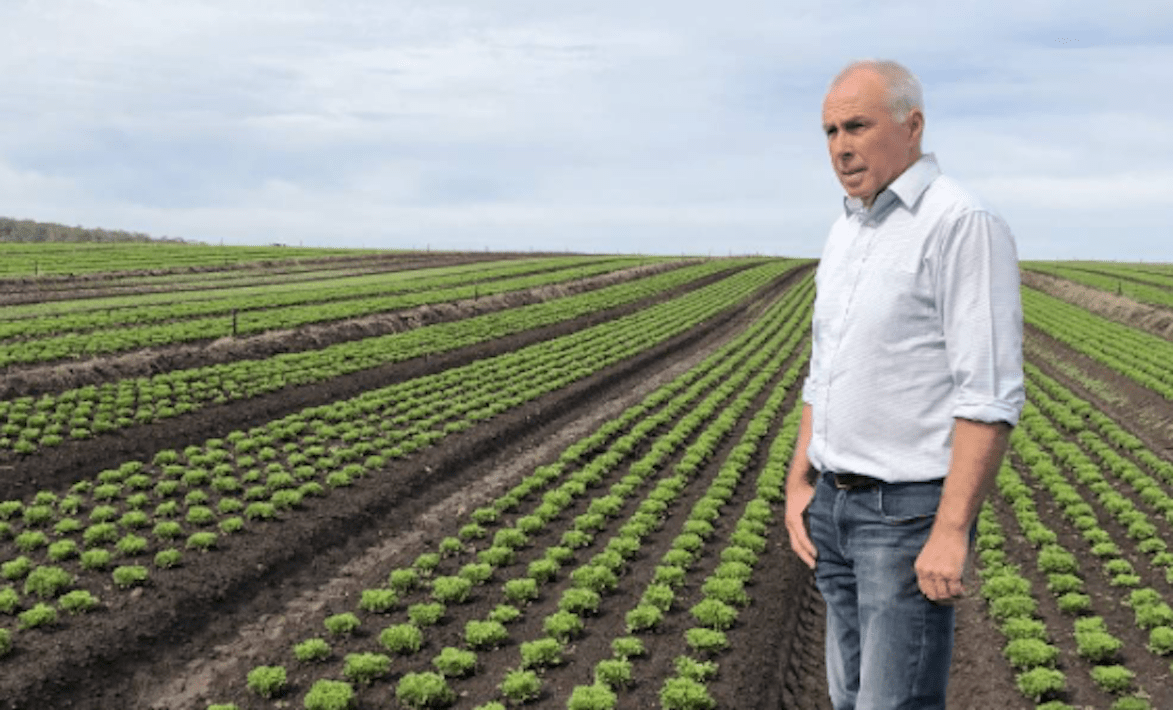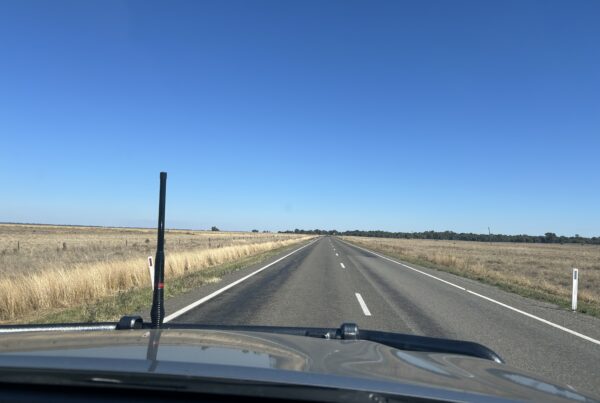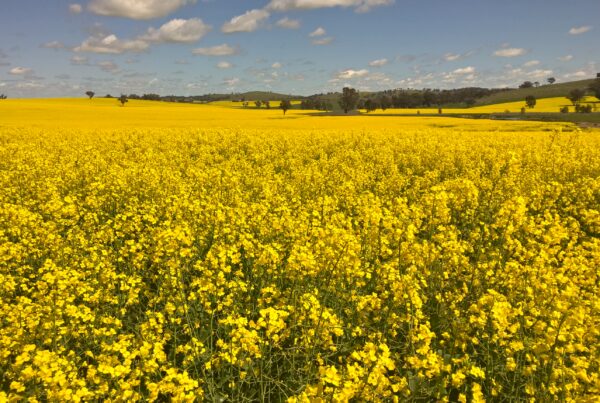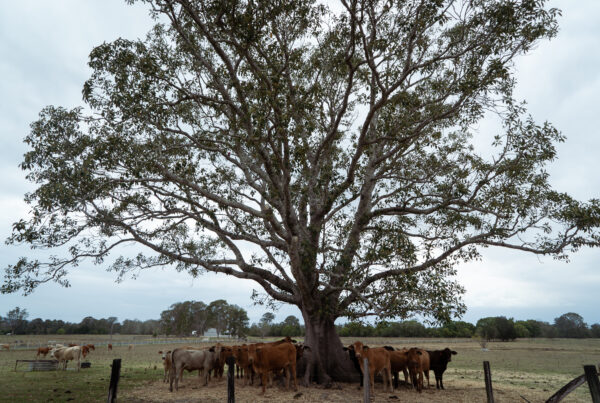April 2023
Standing Committee on Agriculture
[email protected]
Dear Sir/Madam
Re: Inquiry into food security in Australia
Thank you for the opportunity to appear at the Committee’s public hearing on Friday, 24 March, and to respond to two questions on notice.
During the hearing, I agreed to provide more information about:
- What climate change inaction could cost Australia
- Five priorities that Government should be focusing on in agriculture in terms of emissions reductions
I include my follow up responses below.
What climate change inaction could cost Australia
When asked by the Committee how we reconcile the need to take climate action to secure our food systems with the need to produce affordable food, I noted that the cost of delaying action was considerable. The Committee asked that I come back to them with figures to support this.
It is very difficult to put a dollar figure around this. As one expert I spoke to noted, there are two types of costs to consider. The first is the cost of not doing anything that falls mainly on the community, in terms of higher prices and in terms of putting time and effort into making adaptations. The second is the cost to government.
Already, however, the costs of extreme weather events, made more severe by climate change, are mounting. For instance, the Insurance Council estimates, that the recent floods in northern NSW and south eastern Queensland cost $4.3 billion. (https://www.abc.net.au/news/2022-06-01/flood-costs-for-nsw-and-queensland/101118358. ABARES research, meanwhile, has estimated that changes in seasonal conditions between 2001 to 2020, reduced annual average farm profits by 23% – that’s around $29,200 per farm. (https://www.agriculture.gov.au/abares/products/insights/climate-change-impacts-and-adaptation#recent-changes-in-seasonal-conditions-have-affected-the-profitability-of-australian-farms)
While it’s difficult to identify an exact figure of future costs, a 2022 Deloitte Access Economics report, developed for the Minderoo Foundation, that found:
Without rapid and significant climate action, over the next 10 years the loss to Australia’s economy could reach $150 billion (present value terms). This cost gets worse overtime with each year of inaction. Growing to a staggering $1 trillion over the next 30 years to 2050 (present value terms). In its worst year in 2050, Australia loses 3.6 per cent of its GDP and 137,000 jobs due to inaction on climate.
This doesn’t have to be the case.
Our research shows that Australia can avoid $380 billion of these costs over the next 30 years through adaptation ($120 billion) and mitigation ($260 billion). But the rapid increase in the cost of inaction means that the window to invest in adaptation is closing.
(https://www2.deloitte.com/au/en/pages/economics/articles/economic-reality-check.html)
Along similar lines, a University of Melbourne study in 2019 concluded:
The potential damages from climate change to Australia at current global emissions patterns are quantified as:
- $584.5 billion in 2030
- $762 billion in 2050
- more than $5 trillion in cumulative damages from now until 2100. These costs are conservative – they exclude the bulk of costs of floods and bush fires, pollution, damage to environmental assets and biodiversity losses.
Conversely, the national costs of effective emissions reduction – based on a carbon price or renewables target – are estimated at $35.5 billion from 2019 to 2030, or 0.14% of cumulative GDP; a negligible impact.
Overall, the costs of emissions reduction are far less than the damages of inaction – even with modelling underestimating damages from climate change and overestimating the costs of emissions reduction. (https://sustainable.unimelb.edu.au/publications/australias-clean-economy)
Up-to-date figures on the projected cost of climate inaction on agriculture are difficult to find, but it’s clear this is substantial. A Climate Council report released in 2019, which found: “The cumulative loss of wealth for Australia from the impacts of climate change on agricultural and labour productivity is expected to reach $4.2 trillion by 2100.” (https://www.climatecouncil.org.au/wp-content/uploads/2019/05/Costs-of-climate-change-report.pdf)
Five priorities that Government should be focusing on in agriculture in terms of emissions reductions
When asked what the Federal Government should be focussed on in agriculture in terms of emissions reductions, I had noted Farmers for Climate Action has been calling for government to support the appointment of extension officers to support farmers to adapt and mitigate climate change on-farm, and this investment would support all of the below:
- Support for rolling out diets that reduce emissions from ruminant animals
- Initiatives that support the roll out of renewable energy on farm
- Low emission fertilisers
I told the inquiry that I would be interviewing Professor Richard Eckard at the University of Melbourne and would share his advice as a leading academic in this space. That podcast will be shortly available on the Farmers for Climate Action podcast, Over the Fence, but is also summarised and briefly expanded here.
- Drive investment in technologies that allow beef and sheep producers to reduce emissions in rangeland environments, not just intensive operations where seaweed and other supplementary diets are effective. This includes support to develop early life programming, which In very basic terms, ‘reprograms’ an animal’s gut through special diets when young and leads to low emissions throughout its life without supplements.
- Invest in lowering emissions in the broadacre grains industry, in particular via covering the additional cost that coating fertilisers with nitrogen inhibitors present to farmers. Nitrogen inhibitors slow the release of nitrogen and ensure that it is used most efficiently, with minimal environmental impact. There is no real incentive for farmers to pay for this, but it presents a significant emissions reduction for Australian agriculture. This would be a strategic investment to place Australian agriculture at a competitive advantage on the world stage where supply chains are sourcing low emissions supply to meet their internal targets.
- Map a pathway from the current focus on carbon credits in agriculture through to a 2030 future where the focus is on biodiversity credits. Carbon is an attribute of biodiversity and investing in biodiversity means drawing down carbon emissions with the added benefit of biodiversity gains. The key point here is that we switch out of carbon credits as the focus, where the wrong incentives are being sent, to a future where farmers are insetting their own carbon towards their own supply chain access, and focusing on what really matters to agriculture in the longer term which is biodiversity, with carbon as a co-benefit.
- Reduce duplication and increase impact by focussing research funding on nationally coordinated research programs again to coordinate investment in key areas relating to emissions and agriculture.
- Further supercharge our research efforts by signing up to be part of the European Union’s FACCE-JPI (ERA-GAS) research calls. To date, Australia is the only developed country that has not co invested in these EU programmes. What this buys is a seat at the table for Australian scientists to be part of multi country EU research programmes, with the money invested returning completely to the Australian research teams.
Thank you for the opportunity to provide these responses, and please let me know if you have any questions or concerns.
Yours sincerely
Fiona Davis
CEO
Farmers for Climate Action
